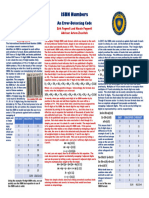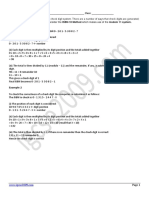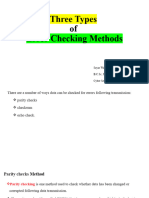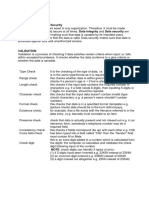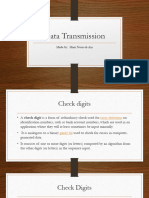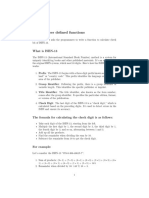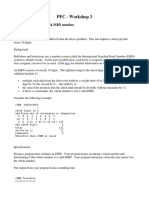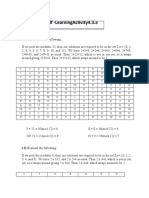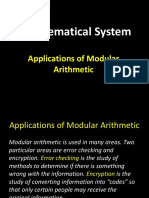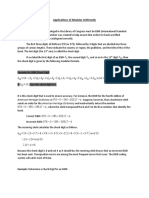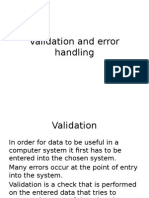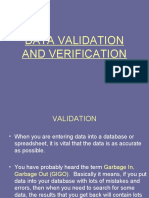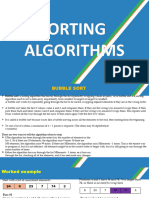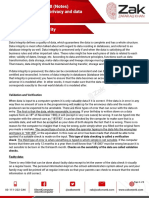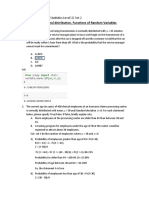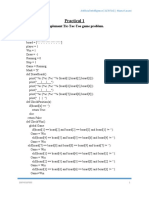0% found this document useful (0 votes)
45 views26 pagesValidation
Validation is the automated process of checking data for reasonableness before it is accepted into a computer system, with various types of checks including range, length, type, presence, format, and check digits. Each type of validation serves a specific purpose, such as ensuring data falls within a certain range or conforms to a predefined format. Check digits, like those used in ISBN codes, help identify errors in data entry by using a calculated final digit to verify the accuracy of the entered data.
Uploaded by
mirelajeremias13Copyright
© © All Rights Reserved
We take content rights seriously. If you suspect this is your content, claim it here.
Available Formats
Download as PDF, TXT or read online on Scribd
0% found this document useful (0 votes)
45 views26 pagesValidation
Validation is the automated process of checking data for reasonableness before it is accepted into a computer system, with various types of checks including range, length, type, presence, format, and check digits. Each type of validation serves a specific purpose, such as ensuring data falls within a certain range or conforms to a predefined format. Check digits, like those used in ISBN codes, help identify errors in data entry by using a calculated final digit to verify the accuracy of the entered data.
Uploaded by
mirelajeremias13Copyright
© © All Rights Reserved
We take content rights seriously. If you suspect this is your content, claim it here.
Available Formats
Download as PDF, TXT or read online on Scribd
/ 26
